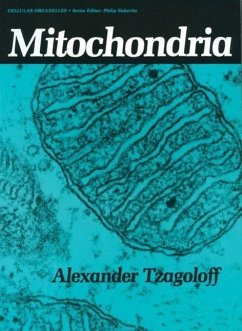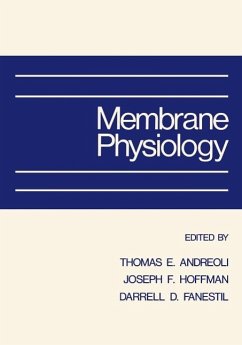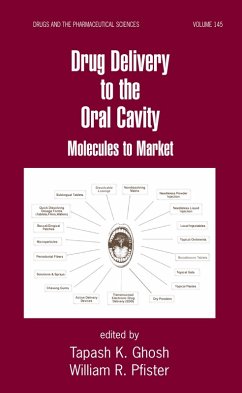
Using nanobodies to dissect the role of membrane proteins in nuclear assembly (eBook, PDF)
Versandkostenfrei!
Sofort per Download lieferbar
Statt: 50,99 €**
31,00 €
inkl. MwSt. und vom Verlag festgesetzt.
**Preis der gedruckten Ausgabe (Broschiertes Buch)
Alle Infos zum eBook verschenkenWeitere Ausgaben:

PAYBACK Punkte
0 °P sammeln!
Organisms undergoing open mitosis disassemble their nuclei during cell division. Upon returning to interphase, the nuclear en-velope (NE) and nuclear pore complexes (NPCs) must reassemble to reestablish cell compartmentalization and nucleocytoplasmic icles, ER-embedded membrane proteins, membrane fusion, and NPC assembly from soluble nucleoporin complexes. This complex process involves numerous players that need to coordinate in space and time, and is so far little understood.
To explore NE and NPC assembly mechanisms and the roles of
ransmembrane Protein 209), we generated target-sp...
Organisms undergoing open mitosis disassemble their nuclei during cell division. Upon returning to interphase, the nuclear en-velope (NE) and nuclear pore complexes (NPCs) must reassemble to reestablish cell compartmentalization and nucleocytoplasmic icles, ER-embedded membrane proteins, membrane fusion, and NPC assembly from soluble nucleoporin complexes. This complex process involves numerous players that need to coordinate in space and time, and is so far little understood.
To explore NE and NPC assembly mechanisms and the roles of
ransmembrane Protein 209), we generated target-specific nanobodies (Nbs). Some Nbs allowed protein visualization via confocal and super-resolution microscopy, while others disrupted essential protein-protein interactions, hindering functional nuclei assembly. Nbs targeting the GTPase and ER integral membrane protein Atlastin impeded import-competent nuclei assembly in vitro, illustrating the Nbs’ utility in disrupting membrane protein functions. Conversely, Nbs against the Lamin B Receptor facilitated the tracking of the proteins’ recruitment during NE assembly via immunofluorescence microscopy.
Orthogonal Nbs, targeting the Transmembrane Protein 209 (TMEM209), allowed us to follow its recruitment during NE assembly, and to pinpoint its localization by super-resolution microscopy. We showed that TMEM209 co-localizes with NPC proteins and established its relative position in the NPC with regard to some of the NUPs, and thus identified TMEM209 as a novel transmembrane NUP.
Dieser Download kann aus rechtlichen Gründen nur mit Rechnungsadresse in A, B, BG, CY, CZ, D, DK, EW, E, FIN, F, GR, HR, H, IRL, I, LT, L, LR, M, NL, PL, P, R, S, SLO, SK ausgeliefert werden.













